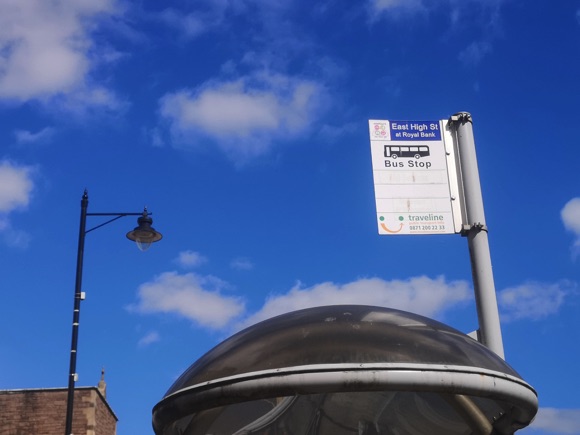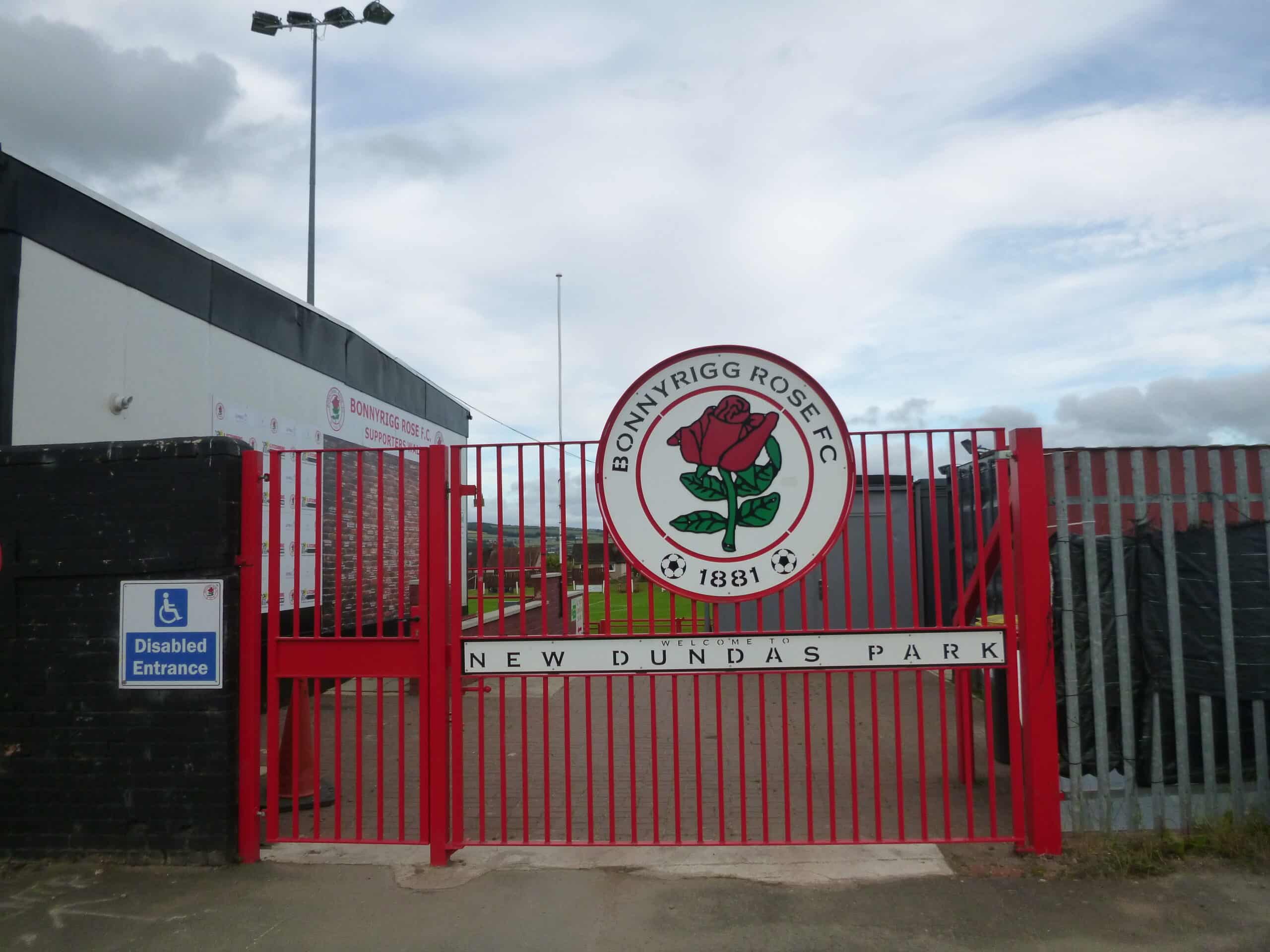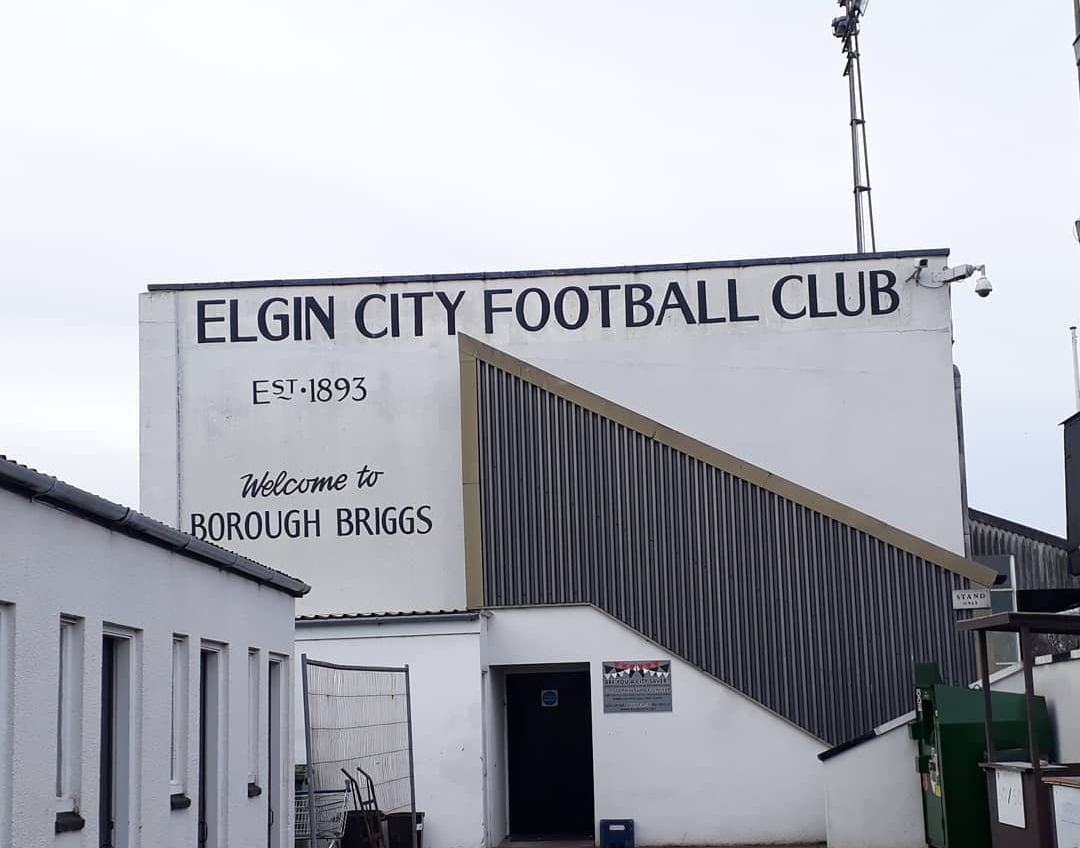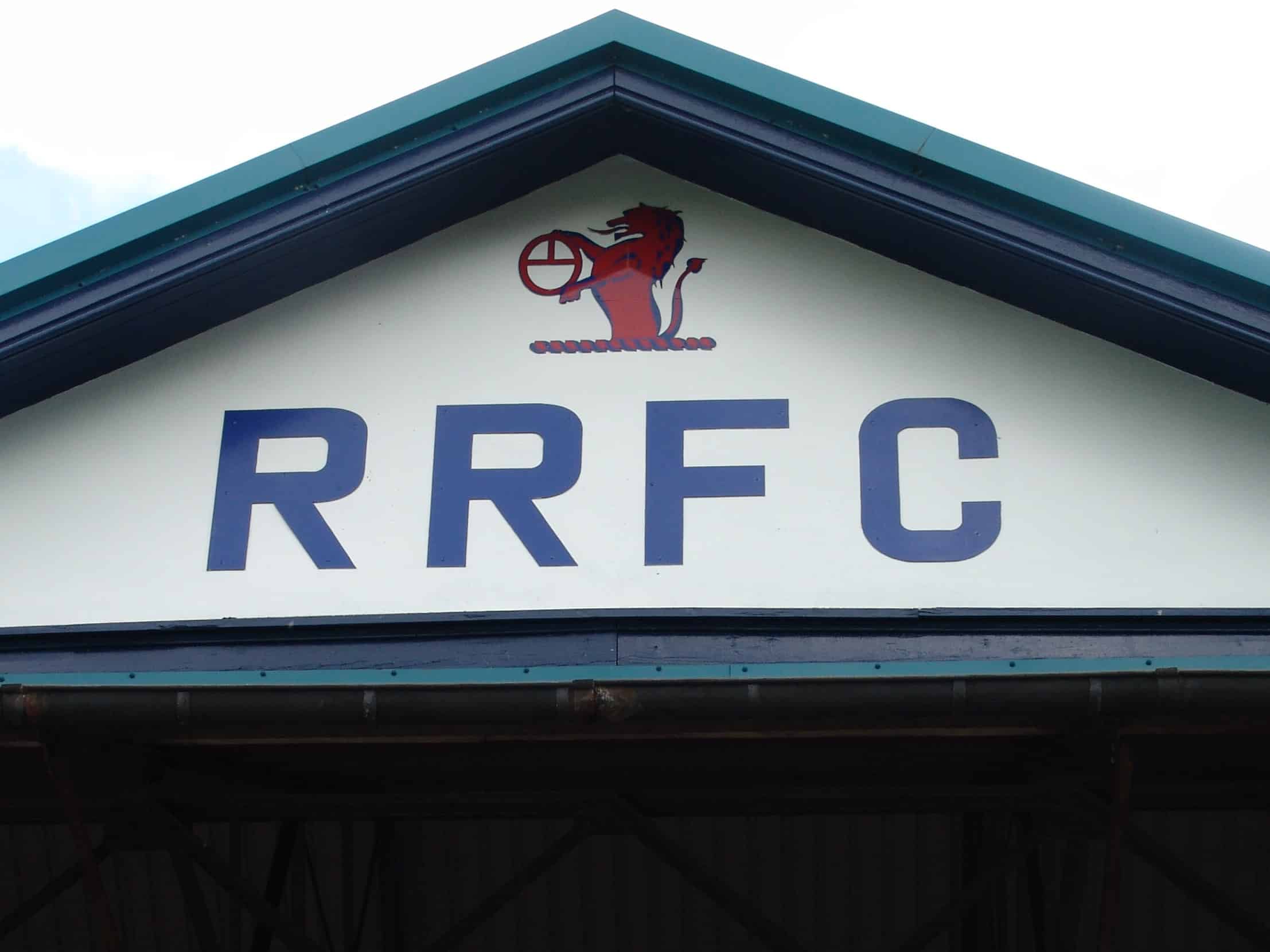A fan’s guide – the club from early doors to today
Affectionately known as the Loons, more conventionally as the Sky Blues, Forfar Athletic have always elicited more smiles than silverware. In the 130-plus years since being formed by second-team players at Angus Athletic, Forfar have claimed most trophies at regional level, and the lion’s share of those victories date back a century or more.
Still, there’s something charming about a club that dresses up some poor guy as a Scottish pastie and has him bounce around in front of the good-natured crowd at Station Park – Forfar’s home since 1888 – before the Loons do battle with East Fife or Stranraer.
Baxter The Bridie, named after the meaty snack produced in these parts, is the club mascot designed to cheer Forfar fans facing most campaigns in Scotland’s lower tiers. Four times in recent years, the Loons were a play-off away from second-flight football, but it wasn’t to be.
Starting off in the newly formed Second Division in 1921, for more than half a century Forfar achieved nothing of any note save for survival. Over the decades, the scant number of visiting fans could look forward to an ever-changing array of Forfar home kits – dark-blue-and-black, sky-blue-and-dark-blue, green – as well as, of course, that obligatory bridie before the game.



The 1980s were to prove a high point in the club’s history, Forfar marking their centenary in 1985-86 one point away from promotion to the top flight. There were also exceptional performances in both cups. Forfar reached two semi-finals only to lose to Rangers each time, the first in extra-time, the second after a replay. En route in 1982, the Loons beat Hearts at Tynecastle.
Five years later, another unlikely scalp was there for the taking, then European finalists Dundee United just squeezing a 2-2 draw at Tannadice before winning the replay at Station Park.
By the early 1990s, Forfar had fallen two divisions in three seasons and it was business as usual. All that changed with the arrival of the Campbell clan in 2008. Manager Dick and twin brother Ian were the coaching duo who turned things around at Station Park, a year later joined by Dick’s son Iain, a steady presence at the back. Regular goals from experienced journeyman Chris Templeman helped the Loons rise from fourth to third flight in 2010, overcoming local rivals Arbroath in the play-off final.
Within one season, Forfar had all but leapfrogged up to the second tier – but this time Ayr had too much savvy at the play-off stage. In 2013, it was Dunfermline, but in far more dramatic circumstances. Two goals from Templeman had sunk the Pars 3-1 at Station Park.



In the second leg, Forfar went 1-0 up early on, only to be pegged back by a red card on the quarter-hour mark, then two more as a late penalty saw Dunfermline draw level on aggregate against the eight men in sky blue. With Campbell and his Pars counterpart sent to the stands after an altercation, extra-time allowed the home side to pile on the goals and win 6-1, 7-3 on aggregate.
Weeks later, there was cup drama. Two goals from Gavin Swankie gave Forfar a first-ever victory over Rangers, an early-season crowd of 4,000-plus at Station Park treated to a nail-biting finish in extra-time. The next round provided Forfar with a rare chance to challenge distinguished local rivals Dundee, taken to extra-time at Dens Park only to strike a 120th-minute winner.
In 2015, Dick Campbell managed to rally his team for one more play-off attempt, Swankie’s goals helping Forfar overcome Stranraer in the semi. Beating Alloa 3-1 at home in the two-leg final, Forfar at last seemed set for the second flight. Again, it wasn’t to be. Despite being reduced to ten men 15 minutes from time, Alloa managed to add to a 2-0 lead to run out 3-0 winners.
Unable to lift his side in 2015-16, Campbell was sacked that December, after what must be considered the seven most dramatic years in Forfar’s history. Relegation for the Loons seemed a sadly fitting end.


Campbell, meanwhile, joined local rivals Arbroath, bringing over brother Ian as his trusty assistant. In October 2016, Gary Bollan’s high-flying Forfar were stopped in their tracks by a red card and an own goal at Campbell’s Arbroath, the two clubs shaped up for a mega scrap for a League One place in 2017.
The Red Lichties edged it by two points but Forfar prevailed in the play-offs, two late goals levelling the scores at Annan before the Loons swept aside Peterhead at Balmoor Stadium. Surviving an initial season in League One, Forfar then faced all three Angus clubs in 2018-19, Arbroath, Brechin and Montrose, a rare occurrence.
Thriving under manager Jim Weir, who had coached all three local rivals in recent years before coming to Forfar, the Loons made the Championship play-offs for a fourth time in nine seasons. A crowd of 2,500 gathered at Station Park for the decider with Raith, 2-1 up from the first leg. Going 1-0 up just after half-time, Athletic were hit with a quick equaliser and failed to claw back the aggregate.
Hiring former Dundee defender and rookie manager Gary Irvine as player-coach in 2020-21, Forfar looked out of their depth in the pandemic-hit campaign and sank to League Two. Seemingly heading for extra-time in the 2022 play-off decider with Annan, the Loons succumbed to a late penalty at Station Park, leaving the club to tread water in Scotland’s lowest flight.







Ground Guide
The field of dreams – and the story behind it








As old-school as its name – a train last ran alongside in 1968 – Station Park has only one seated stand, the main one put up in 1959. Everything else is terracing, the south side opposite the main stand covered, as is the West Terrace at the market end.
Away fans usually to stand under the shelter of the south side, with a perfect view of the action. If segregation is required, then they are allocated the West Terrace.
Open terracing also surrounds the main stand, many preferring tradition to the relative if pillar-hindered comfort of a seat.
One element of Station Park is new, however: the pitch, an artificial 3G surface. Capacity is 4,600, seating 700, around the size of the average gate when Forfar are in League One.
getting here
Going to the ground – tips and timings

Forfar has no train station, so those using public transport from elsewhere in Scotland are best to come via Dundee and the Stagecoach buses 20 and 21. These run in tandem every 30mins (every hr eve & Sun) to the Tesco Side Entrance, close to Station Park, journey time from Dundee around 45mins. A taxi from Dundee should cost £35-£40.
On the way, buses stop at Forfar’s main East High Street, lined with pubs, and a steepish 15min walk to the ground.
The sat nav code for Station Park on Carseview Road is DD8 3BT. There is only limited parking at the ground. There’s a large Angus Council car park on Myre Road (DD8 1AD) in town, open every day and free. From there, it’s a 15min walk up Castle Street towards the ground, turning right at the roundabout for Market Street. You might also find street parking on Muir Street (DD8 3JY) by the ground.
getting in
Buying tickets – when, where, how and how much

Forfar sell season tickets online, as well as admission for big cup fixtures, but otherwise it’s pay on the day. Admission is £15 for a seat in the Main Stand, £14 to stand elsewhere, £9/£8 for seniors, £5 across the board for under-17s.
For enquiries, contact 01307 463 576. There’s no general email address – this is a club that still employs a housekeeper.
what to buy
Shirts, kits, merchandise and gifts

The season’s new strip is usually on sale at the 1984 Lounge at Station Park in July, as well as in the run-up to Christmas (see the club website for upcoming dates).
On match days, merchandise is sold from a modest hut beside the main turnstiles, with just enough room for replica shirts and all manner of rain-proof tops, hoodies and sweatshirts, all bearing the Forfar shield.
The current iteration of the home top is dark blue with sleeves of light blue, along with two vertical stripes running down the middle. Away is mint green with dark-blue shoulders and sleeves.
For a less onerous outlay to remember your visit to Station Park, there are coffee mugs, badges and baseball caps.
Where to Drink
Pre-match beers for fans and casual visitors



Of the cluster of pubs in the town centre, the nearest if you’re walking to the ground is a third of the way up Castle Street. The Stag looks for all the world like the historic pub that it is, but an overhaul converted it into a bar and coffee shop. Actually, this is no bad thing, as the café is child-friendly and the bar has retained a lot of the original features of the pub. There’s decent food too, plus regular live entertainment.
it’s just as well that The Stag is decent, as pre-match favourite, the Plough Inn, changed hands in 2017, became The Railway, then was forced to close during the pandemic – new owners have yet to be found.
On match days, by the main stand, the 1984 Lounge opens in good time before kick-off and stays open for a few hours after the final whistle. Policy on half-time admission varies from match to match but away fans invariably mingle in friendly fashion with local Loons.

















































